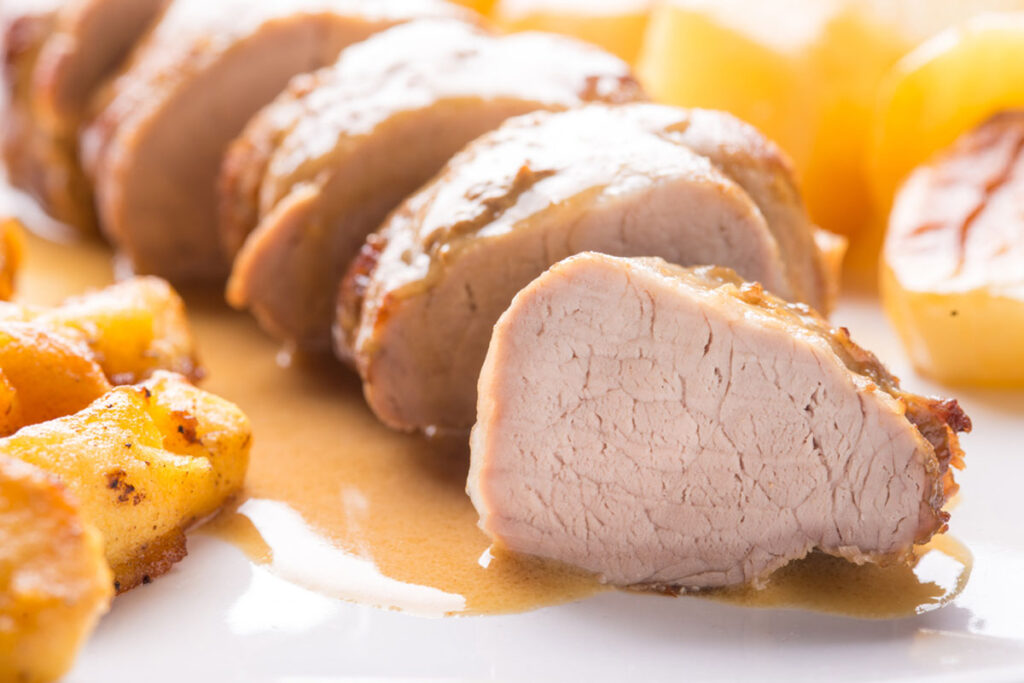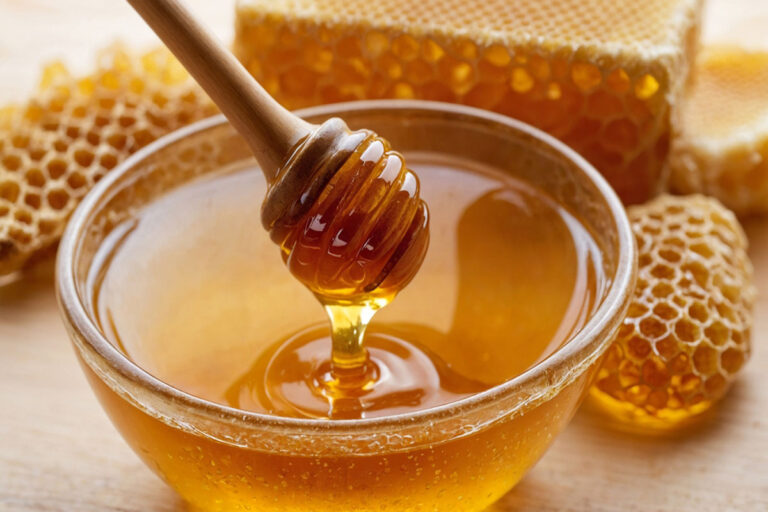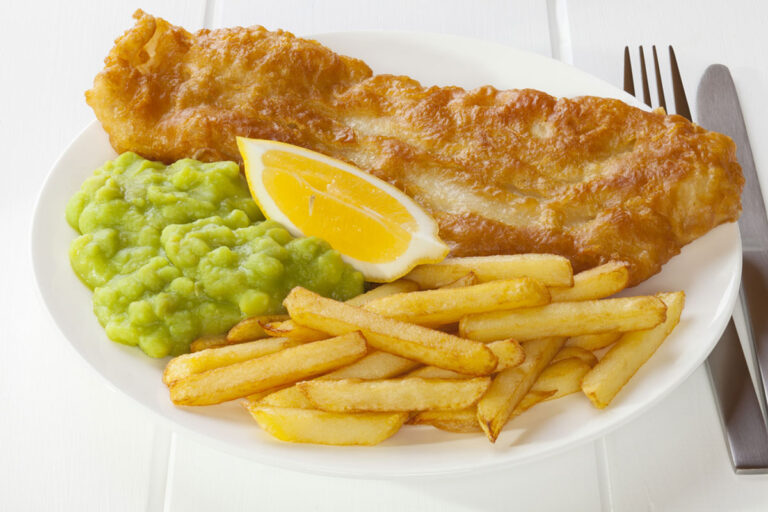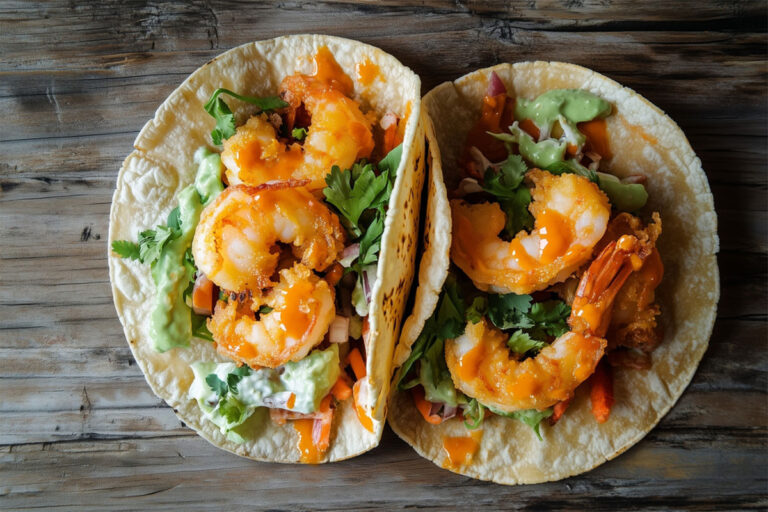The Rich Heritage of Irish Cuisine
Irish cuisine is renowned for its heartiness, simplicity, and the unique ability to warm both body and soul. Central to this culinary tradition are the rich, flavorful sauces and gravies that enhance the taste of various dishes, turning simple ingredients into memorable meals. Let us now take you on a journey through the most cherished traditional Irish sauces and gravies, uncovering the secrets behind their timeless appeal.
Historical Roots
The history of Irish cuisine is deeply intertwined with the country’s agricultural practices and the natural abundance of its landscape. Ireland’s lush pastures, fertile soil, and temperate climate have long provided an ideal environment for raising livestock and growing a variety of crops. This agricultural bounty laid the foundation for the traditional Irish diet, which has always emphasized the use of fresh, locally sourced ingredients.
In ancient times, the Celts, who inhabited Ireland, practiced a form of agriculture that focused on raising cattle, sheep, and pigs. They also cultivated grains such as barley, oats, and wheat. Dairy products, including butter and cheese, were staples of the Celtic diet. This early reliance on meat, dairy, and grains formed the basis of Irish culinary traditions that have persisted for centuries.
Culinary Evolution
Over the centuries, Irish cuisine evolved as it absorbed influences from various cultures and adapted to changing economic and social conditions. The arrival of the potato in the 16th century had a profound impact on Irish cooking, providing a cheap and nutritious staple that became central to many traditional dishes. Potatoes were often served with rich gravies made from meat drippings, butter, and milk, creating hearty and satisfying meals.
The 19th and 20th centuries saw significant emigration from Ireland, particularly to the United States. Irish immigrants brought their culinary traditions with them, and Irish-American cuisine developed its own unique flavors and dishes. Despite these changes, the core elements of Irish cooking simple, high-quality ingredients prepared with care remained intact.
Sauces and Gravies: The Heart of Irish Cooking
At the heart of Irish cuisine are its sauces and gravies, which add depth and richness to dishes. These flavorful accompaniments often incorporate traditional Irish ingredients such as butter, cream, whiskey, and stout. They are designed to enhance the natural flavors of the food and provide a comforting, satisfying experience.
Traditional Irish sauces and gravies are typically simple to prepare, relying on a few key ingredients to create a harmonious blend of flavors. For example, a classic Irish gravy might be made from the drippings of roasted meat, combined with flour to thicken and seasoned with salt, pepper, and herbs. Other sauces, such as whiskey cream sauce, combine cream, butter, and Irish whiskey to create a luxurious, velvety texture.
Celebrating Tradition
Today, there is a renewed interest in traditional Irish cuisine, as people seek to reconnect with their culinary heritage and celebrate the rich flavors of the past. Chefs and home cooks alike are rediscovering the joy of preparing traditional Irish dishes, complete with their beloved sauces and gravies.
Essential Ingredients and Techniques
In the rich tapestry of Irish cuisine, the magic of sauces and gravies lies in the simplicity and quality of their ingredients. These essential components, combined with time-honored techniques, create the distinctive flavors that have come to define traditional Irish cooking.
Key Ingredients
Butter:
Irish butter is renowned for its rich, creamy texture and distinctive flavor, a result of the lush pastures that Irish cows graze on. Butter serves as the base for many sauces and gravies, adding a smooth, luxurious quality that enhances the overall taste.
Cream:
Fresh cream is another staple of Irish cooking, often sourced from local dairies. It is used to create velvety textures in sauces like whiskey cream sauce, adding both richness and a subtle sweetness.
Whiskey:
Irish whiskey, with its smooth, mellow flavor, is a popular ingredient in traditional Irish sauces. It is used in sauces like whiskey cream sauce to impart a depth of flavor and a touch of warmth.
Stout (e.g., Guinness):
Irish stout, particularly Guinness, is famed for its dark, robust flavor and creamy head. Stout is used to create hearty gravies, lending a rich, malty flavor that pairs beautifully with meats.
Herbs and Spices:
Common herbs like thyme, rosemary, and parsley are frequently used in Irish cooking. These herbs add freshness and aromatic complexity to sauces and gravies, enhancing their overall flavor profile.
Meat Drippings: The flavorful juices released from roasting meats are a traditional base for gravies. Meat drippings are combined with flour to create a roux, which is then seasoned and thinned with stock or water to form a rich gravy.
Traditional Techniques
Roux:
A classic technique where butter and flour are cooked together to form a paste. The roux acts as a thickening agent for gravies, creating a smooth, cohesive texture.
Deglazing:
The process of adding liquid to a hot pan to loosen and dissolve the browned bits (fond) left after cooking meat. Deglazing with stout or whiskey captures the concentrated flavors, which are then incorporated into the sauce or gravy.
Simmering:
A gentle cooking method that allows flavors to meld and develop over time. Simmering is essential for creating deeply flavored sauces, allowing the ingredients to blend harmoniously.
Infusion:
The technique of steeping herbs or spices in liquid to extract their flavors. Infusing cream or stock with herbs adds layers of flavor to sauces, making them more complex and aromatic.
Celebrating Simplicity
The beauty of traditional Irish sauces and gravies lies in their simplicity. By using a few high-quality ingredients and employing time-tested techniques, these sauces enhance the natural flavors of the food without overwhelming them. This approach reflects the essence of Irish cooking: celebrating the bounty of the land with minimal embellishment.
A Taste of Home
For many, the taste of these traditional sauces and gravies evokes a sense of nostalgia and comfort. They are a reminder of family gatherings, hearty meals shared around the table, and the warmth of home.
Classic Recipes for Irish Sauces and Gravies
1. Guinness Gravy
A rich and hearty gravy made with the iconic Irish stout, Guinness. This gravy is perfect for pouring over roasted meats or mashed potatoes, adding a deep, malty flavor that enhances the overall dining experience. The combination of beef stock and stout creates a robust base, while caramelized onions and garlic provide depth and sweetness.
View Our Guinness Gravy Recipe
2. Irish Apple Cider Sauce
This sauce is a delightful blend of tangy and sweet flavors, made using Irish cider. Ideal for pairing with pork dishes, cider sauce brings a bright and refreshing taste to the table. The sauce typically includes apple cider, shallots, cream, and a touch of mustard, resulting in a creamy, slightly sharp, and aromatic accompaniment.
View Our Irish Apple Cider Sauce Recipe
3. Mustard Cream Sauce
Mustard cream sauce is a versatile and creamy addition to many Irish dishes. Combining heavy cream and mustard, often with the addition of white wine and shallots, this sauce offers a smooth and tangy complement to meats like chicken, pork, and even fish. The mustard provides a sharpness that is balanced by the rich cream, creating a luxurious sauce.
View Our Mustard Cream Sauce Recipe
4. Irish Whiskey Cream Sauce
A sauce that brings a touch of Irish whiskey’s distinctive flavor to the table. This sauce is typically used to complement desserts such as bread pudding or to glaze meats like ham. The whiskey is often combined with cream, butter, and brown sugar to create a rich, sweet, and slightly boozy sauce that adds depth and warmth to any dish.
View Our Irish Whiskey Cream Sauce Recipe
5. Parsley Sauce
Parsley sauce is a simple, yet classic Irish sauce made with fresh parsley, butter, milk, and a bit of flour for thickening. Often served with boiled meats or fish, this sauce is creamy and mildly flavored, allowing the freshness of the parsley to shine through. It’s a comforting and traditional accompaniment that highlights the simplicity and purity of Irish ingredients.
View Our Parsley Sauce Recipe
These traditional Irish sauces and gravies not only enhance the flavors of various dishes but also reflect the rich culinary heritage of Ireland. Whether you’re adding a malty depth with Guinness gravy or a tangy sweetness with cider sauce, these classic recipes bring a taste of Ireland to your kitchen.
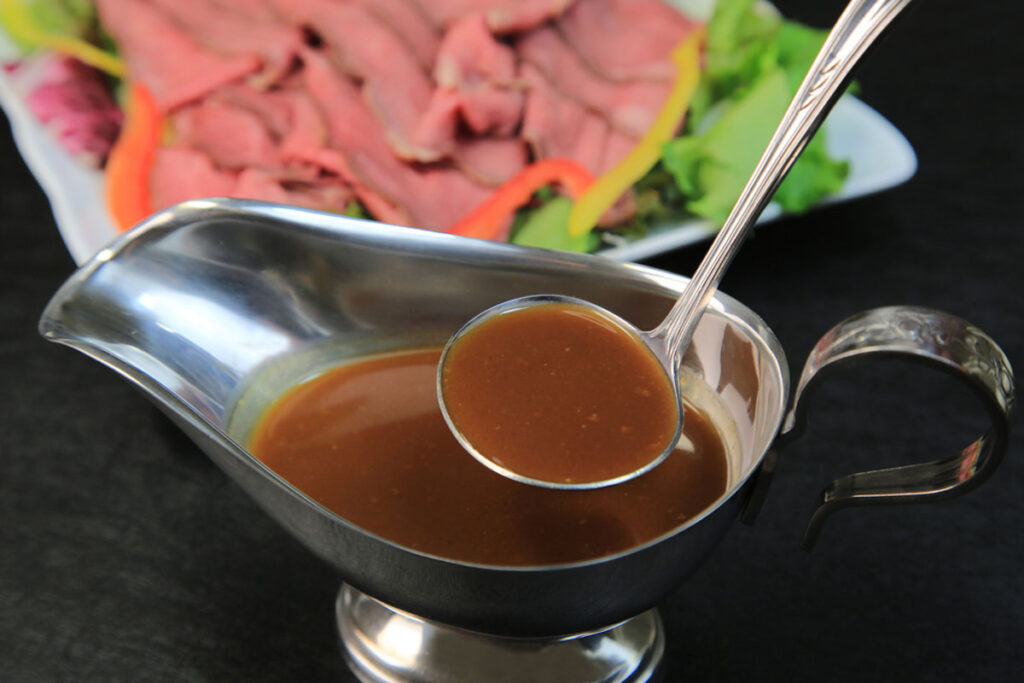
Modern Twists on Traditional Irish Sauces and Gravies
As Irish cuisine continues to evolve, modern chefs are putting their own creative spins on traditional sauces and gravies. These contemporary adaptations showcase how classic flavors can be reimagined with innovative techniques and ingredients, bringing a fresh perspective to beloved recipes.
1. Guinness Reduction Sauce
While traditional Guinness gravy is rich and hearty, a Guinness reduction sauce takes a more refined approach. This modern twist involves simmering Guinness stout with brown sugar, balsamic vinegar, and a hint of fresh herbs until it reduces into a thick, glossy sauce. The result is a concentrated, bittersweet glaze that can be drizzled over meats or used as a dipping sauce, adding a sophisticated touch to any dish.
2. Apple and Cider Beurre Blanc
This modern interpretation of cider sauce incorporates elements of the classic French beurre blanc. By reducing apple cider with shallots and then whisking in cold butter, chefs create a velvety, tangy sauce with a luxurious texture. The addition of diced green apples provides a fresh, crisp contrast, making it an ideal accompaniment for fish or poultry dishes.
3. Wholegrain Mustard and Tarragon Cream Sauce
Elevating the traditional mustard cream sauce, this modern version includes wholegrain mustard for added texture and flavor, along with fresh tarragon to introduce a subtle aniseed note. The sauce is prepared by reducing white wine and shallots before adding cream, mustard, and tarragon, resulting in a nuanced, aromatic sauce perfect for drizzling over grilled meats or roasted vegetables.
4. Irish Whiskey Caramel Sauce
Taking the traditional whiskey sauce to new heights, this modern adaptation turns it into a decadent caramel sauce. By combining Irish whiskey with sugar, butter, and cream, chefs create a rich, buttery caramel with a warming kick of whiskey. This sauce is not only perfect for desserts like ice cream and bread pudding but also works beautifully as a glaze for pork or ham.
5. Parsley Pesto
Reinventing the classic parsley sauce, parsley pesto brings a fresh, vibrant twist. Blending fresh parsley with garlic, lemon zest, olive oil, and toasted nuts (such as pine nuts or walnuts), this pesto retains the herbaceous essence of the original sauce while adding a bright, zesty flavor. It’s a versatile condiment that can be used on pasta, grilled meats, or even as a dip.
These modern twists on traditional Irish sauces and gravies highlight the versatility and creativity of contemporary Irish cuisine. By reimagining classic flavors with new techniques and ingredients, chefs are able to honor their culinary heritage while introducing exciting new elements to the table.
Pairing Sauces and Gravies with Irish Dishes
The beauty of Irish sauces and gravies lies in their versatility and ability to elevate a variety of dishes. Understanding how to pair these flavorful accompaniments with traditional and modern Irish cuisine can create harmonious and delightful meals.
1. Guinness Reduction Sauce with Beef Tenderloin
The bittersweet richness of a Guinness reduction sauce pairs exceptionally well with the tender, juicy texture of a perfectly cooked beef tenderloin. The sauce’s depth of flavor complements the meat’s natural richness, creating a sophisticated and satisfying dish that highlights the best of both elements.
2. Apple and Cider Beurre Blanc with Roast Pork
Roast pork, with its savory and slightly sweet profile, is beautifully enhanced by the tangy and velvety apple and cider beurre blanc. The crisp, fresh apples in the sauce add a delightful contrast to the succulent pork, making each bite a balanced combination of flavors and textures.
3. Wholegrain Mustard and Tarragon Cream Sauce with Chicken
Grilled or roasted chicken becomes a gourmet experience when served with wholegrain mustard and tarragon cream sauce. The sauce’s creamy texture and subtle aniseed notes from the tarragon complement the chicken’s mild flavor, while the mustard seeds add a pleasant crunch and piquancy.
4. Irish Whiskey Caramel Sauce with Bread Pudding
Transform a simple bread pudding into an indulgent dessert by drizzling it with Irish whiskey caramel sauce. The sauce’s rich, buttery sweetness and warming whiskey undertones enhance the comforting flavors of the pudding, creating a dessert that’s both nostalgic and luxurious.
5. Parsley Pesto with Fish Cakes
Freshly made fish cakes are the perfect canvas for parsley pesto. The bright, herbaceous flavors of the pesto lift the delicate taste of the fish, while the garlic and lemon zest add a zesty kick. This pairing is not only flavorful but also visually appealing, making it a standout dish.
6. Traditional Irish Gravy with Mashed Potatoes
There’s nothing quite like the comfort of mashed potatoes smothered in traditional Irish gravy. The rich, savory gravy seeps into the fluffy potatoes, creating a dish that’s warm, hearty, and utterly satisfying. This classic pairing is a staple in Irish homes and a testament to the simplicity and comfort of Irish cuisine.
7. Modern Mustard Cream Sauce with Grilled Vegetables
Elevate a platter of grilled vegetables with a drizzle of modern mustard cream sauce. The creaminess of the sauce complements the charred flavors of the vegetables, while the mustard adds a tangy, slightly spicy note that ties the dish together.
8. Apple and Cider Sauce with Duck Breast
The sweetness and acidity of apple and cider sauce make it an ideal match for the rich, gamey flavor of duck breast. The sauce cuts through the duck’s fat, providing a refreshing balance and enhancing the overall taste of the dish.
9. Parsley Sauce with Boiled Ham
Boiled ham, a traditional Irish dish, is wonderfully paired with a classic parsley sauce. The sauce’s fresh, herbal notes complement the savory, salty ham, creating a dish that’s both flavorful and comforting.
10. Whiskey Sauce with Grilled Salmon
Grilled salmon’s rich, oily flesh is perfectly complemented by the bold flavors of whiskey sauce. The sauce’s complexity enhances the salmon’s natural flavors, making for a sophisticated and delicious pairing.
These pairings showcase how traditional and modern Irish sauces and gravies can enhance a wide range of dishes, from meats and vegetables to desserts. By understanding the complementary flavors and textures, one can create memorable meals that celebrate the richness of Irish culinary traditions.
Preserving and Innovating Irish Culinary Traditions
As we conclude our journey through the world of Irish sauces and gravies, it’s essential to reflect on the significance of preserving these traditional recipes while embracing innovation in contemporary cooking. This delicate balance ensures that the rich culinary heritage of Ireland continues to thrive and evolve.
1. Importance of Preservation
Preserving traditional Irish sauces and gravies is crucial for maintaining a connection to the country’s culinary roots. These recipes, often passed down through generations, carry with them stories, memories, and a sense of identity. By keeping these traditions alive, we honor our ancestors and the cultural heritage they have bestowed upon us.
2. Embracing Innovation
While preservation is important, innovation is equally vital for keeping Irish cuisine vibrant and relevant. Modern chefs and home cooks alike can experiment with traditional sauces and gravies, incorporating new ingredients and techniques to create contemporary versions of classic dishes. This fusion of old and new breathes fresh life into time-honored recipes, making them appealing to new generations.
3. Adapting to Dietary Preferences
Another aspect of innovation involves adapting traditional recipes to meet modern dietary preferences and restrictions. For example, creating gluten-free versions of traditional gravies or using plant-based ingredients for vegan adaptations. This inclusivity ensures that everyone can enjoy the rich flavors of Irish cuisine, regardless of dietary needs.
4. Showcasing Irish Sauces and Gravies Globally
Irish sauces and gravies have the potential to gain international recognition and appreciation. By showcasing these recipes in global culinary platforms, cooking shows, and food blogs, we can introduce the world to the unique flavors of Ireland. This not only promotes Irish cuisine but also fosters a greater understanding and appreciation of our culinary heritage.
5. Encouraging Home Cooking
Encouraging people to cook at home using traditional Irish sauces and gravies fosters a deeper connection to the food and its origins. Home cooking allows individuals to experiment with flavors, understand the techniques involved, and appreciate the craftsmanship behind each dish. It also provides an opportunity for families to bond and pass down these recipes to future generations.
Final Thoughts
The exploration of traditional Irish sauces and gravies reveals a rich tapestry of flavors and techniques that have been refined over centuries. By preserving these recipes, embracing innovation, adapting to modern dietary preferences, and showcasing them globally, we ensure that the culinary heritage of Ireland continues to flourish. As we move forward, let’s celebrate the past while looking towards the future, ensuring that the flavors of Ireland remain a cherished and evolving part of our culinary world.
